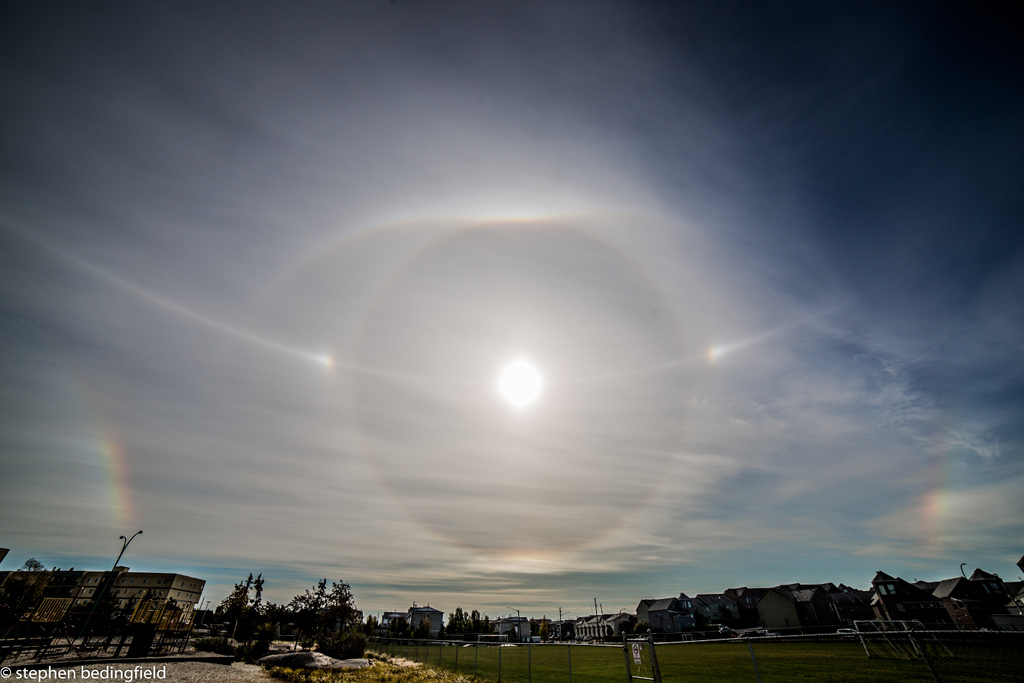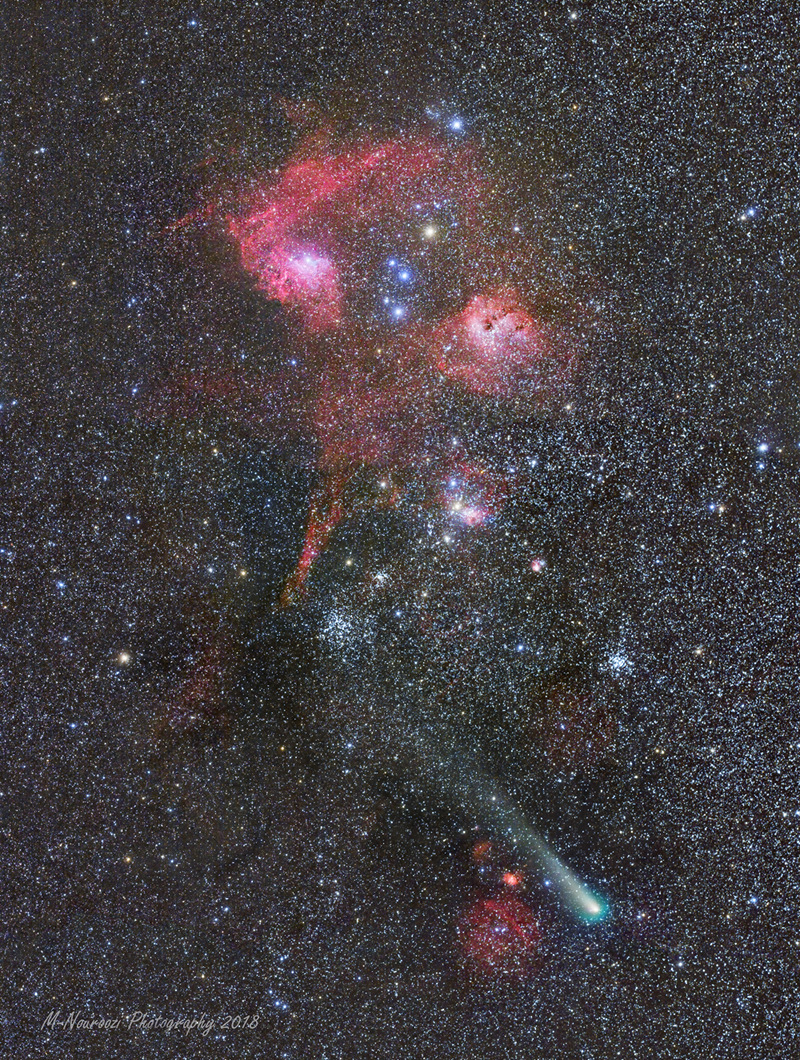Students in Georgia and Washington, D.C., will talk live with two NASA astronauts on the International Space Station next week as part of NASA’s Year of Education on Station.
from NASA https://ift.tt/2CUGDFu
via IFTTT![]()
Students in Georgia and Washington, D.C., will talk live with two NASA astronauts on the International Space Station next week as part of NASA’s Year of Education on Station.
from NASA https://ift.tt/2CUGDFu
via IFTTT![]()

NASA has awarded a contract to KBRwyle Technology Solutions, LLC in Columbia, Maryland, for the construction, deployment and commissioning of the agency’s next-generation Space Geodesy Satellite Laser Ranging (SGSLR) stations.
from NASA https://ift.tt/2NLkRYG
via IFTTT![]()
NASA Administrator Jim Bridenstine has named Jody Singer director of the agency’s Marshall Space Flight Center in Huntsville, Alabama.
from NASA https://ift.tt/2NE9Ybg
via IFTTT![]()
The following is a joint statement from NASA and the Russian space agency Roscosmos about the investigation into a pressure leak on the International Space Station Aug. 29-30:
from NASA https://ift.tt/2Qp1Fi5
via IFTTT![]()

